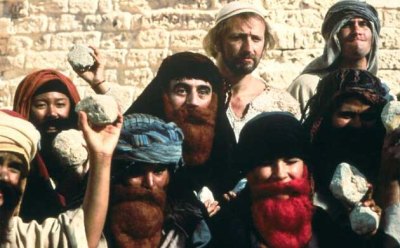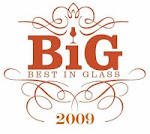Whisky, from divine beginnings.
The Japanese whisky industry is seen by many as a young industry as Scotch seems to dominate the world of whiskies. I regularly question where would the Scotch industry be today without the French in a historical and literal sense, plus how does Europe and Asia fit into this story?
All alcohol has a shared history. Grappa, Rum, Gin, Whisky, Vodka, etc..they all started from something, somewhere, with a group of people pioneering the way for future distillers; whatever the drink may be. I personally sit in the camp of the Dionysus cults being the starting point for today’s spirits (there are some great studies into drinks/spirit history, but I always return to works by C. Anne Wilson).
So in the beginning…
As a ritual to imbibe some of the “spirit” of Dionysus (the wine and fire god) the method of heating basic wines in ceramic cups was discovered. In the 800BC period the ancient Greeks & Egyptians found that they could capture the evaporating ether (or the God Dionysus) with a basic lid. As the condensing spirit dripped on to the fire below the cup the leaping flames were a sure sign of the significant power held within this clear liquid produced from wine. Better described in ancient texts (pre-bible) as the process of:
- raising of the water (tou hudatos hē arsis – in ancient Egyptian )
- water from wine,
- fire water; or
- water of life.
As the power balance of the Mediterranean countries shift we see the assimilation of religions or cults to keep factions from breaking off – assimilation is something the Romans became very good at (this is slightly different than the Borg in Star Trek, although join or be murdered was one if not the only option). Som e fled to the relative safety of the Muslim countries then known as Mesopotamia, also bringing about the word alcohol and the ambelic.
e fled to the relative safety of the Muslim countries then known as Mesopotamia, also bringing about the word alcohol and the ambelic.
Moving through the centuries we see dispersion of both the ambelic and refinement of technique. The trading nations of Asia would have came into contact with some of these techniques/had and made innovations. With the rise of Christianity in the Roman empire and fall of Constantinople (now Istanbul) as the centre of the christian church we see the religious factions break off. This creates two main churches Roman Catholic and Orthidox
The middle ages saw Christianity spread, monks and priest of the day take with them  texts and knowledge of the distilling techniques. Distilling was part of “good” religious practice and the search of knowledge about the world around us. However, suddenly it became a connection with evil. Distillers (including many monks) and branches of Christianity who had a connection with the Dionysus cults quest to find god in these spirits, such as the Cathers and Waldenese went under ground or fled as those in the day of Constantinople had.
texts and knowledge of the distilling techniques. Distilling was part of “good” religious practice and the search of knowledge about the world around us. However, suddenly it became a connection with evil. Distillers (including many monks) and branches of Christianity who had a connection with the Dionysus cults quest to find god in these spirits, such as the Cathers and Waldenese went under ground or fled as those in the day of Constantinople had.
We see in Spain Agua Ardens or translated “Fire Water”, which is believed to have been brought to Spain by the Waldenese. In Russian, we have Vodka (aka Water) and so on.
When you start taking an overview of spirit production the question is; who is the youngster?
With the French revolution and the fungal infection of the grape stock to make brandy during the 1700- 1800′s, we see Scotch step up as one of the top dogs of the drinks world (next to gin/genever).
n.b. in the 1700′s Scotch would have be a gin product infused with herbs and honey to make it palatable. It wasn’t until licensing came in that the quality and style of what we now know as whisky would have started to be formed.
Many people over look the fact that it wasn’t just the Scottish distilling whisky, most houses of a reasonable size in England had a distillery on site until the discovery and rise of pharmaceuticals. The lady of the house would generally be the person making and developing recipes, being passed from mother to daughter. Fruits and vegetables, such as strawberries, apples and marrow would be used for distilling when they started to rot and ferment.
Japan revisited
TBC…











